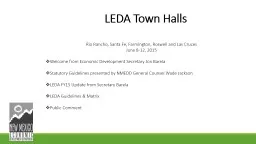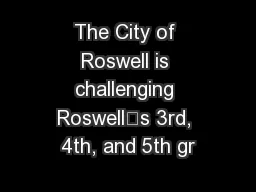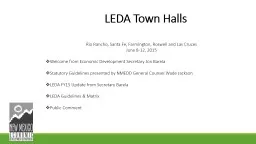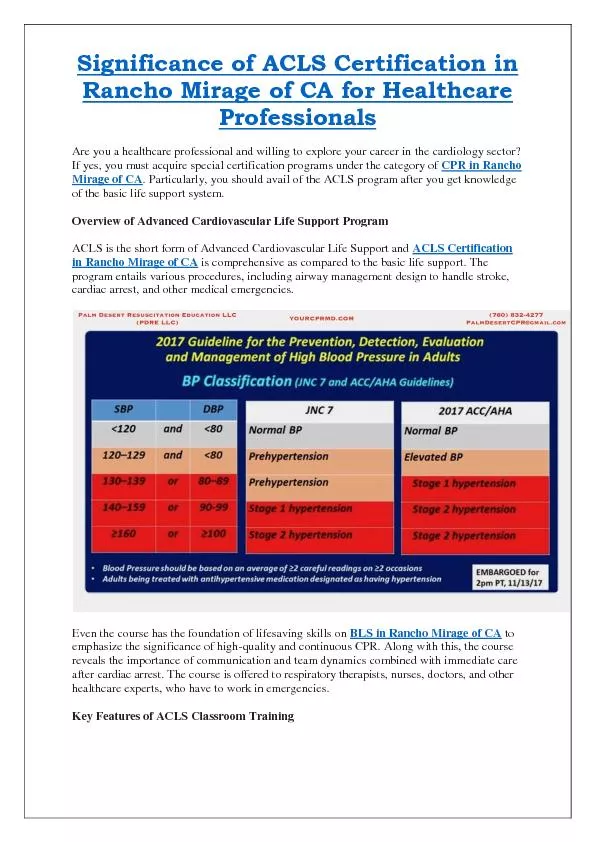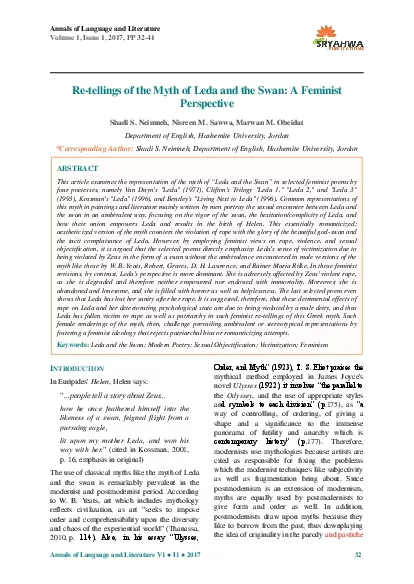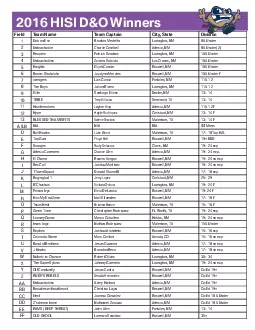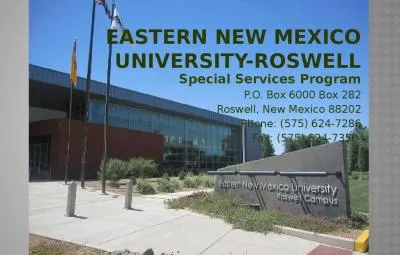PPT-LEDA Town Halls Rio Rancho, Santa Fe, Farmington, Roswell and Las
Author : test | Published Date : 2018-11-05
Cruces June 812 2015 Welcome from Economic Development Secretary Jon Barela Statutory Guidelines presented by NMEDD General Counsel Wade Jackson LEDA FY15
Presentation Embed Code
Download Presentation
Download Presentation The PPT/PDF document "LEDA Town Halls Rio Rancho, Santa Fe, ..." is the property of its rightful owner. Permission is granted to download and print the materials on this website for personal, non-commercial use only, and to display it on your personal computer provided you do not modify the materials and that you retain all copyright notices contained in the materials. By downloading content from our website, you accept the terms of this agreement.
LEDA Town Halls Rio Rancho, Santa Fe, Farmington, Roswell and Las: Transcript
Download Rules Of Document
"LEDA Town Halls Rio Rancho, Santa Fe, Farmington, Roswell and Las"The content belongs to its owner. You may download and print it for personal use, without modification, and keep all copyright notices. By downloading, you agree to these terms.
Related Documents

